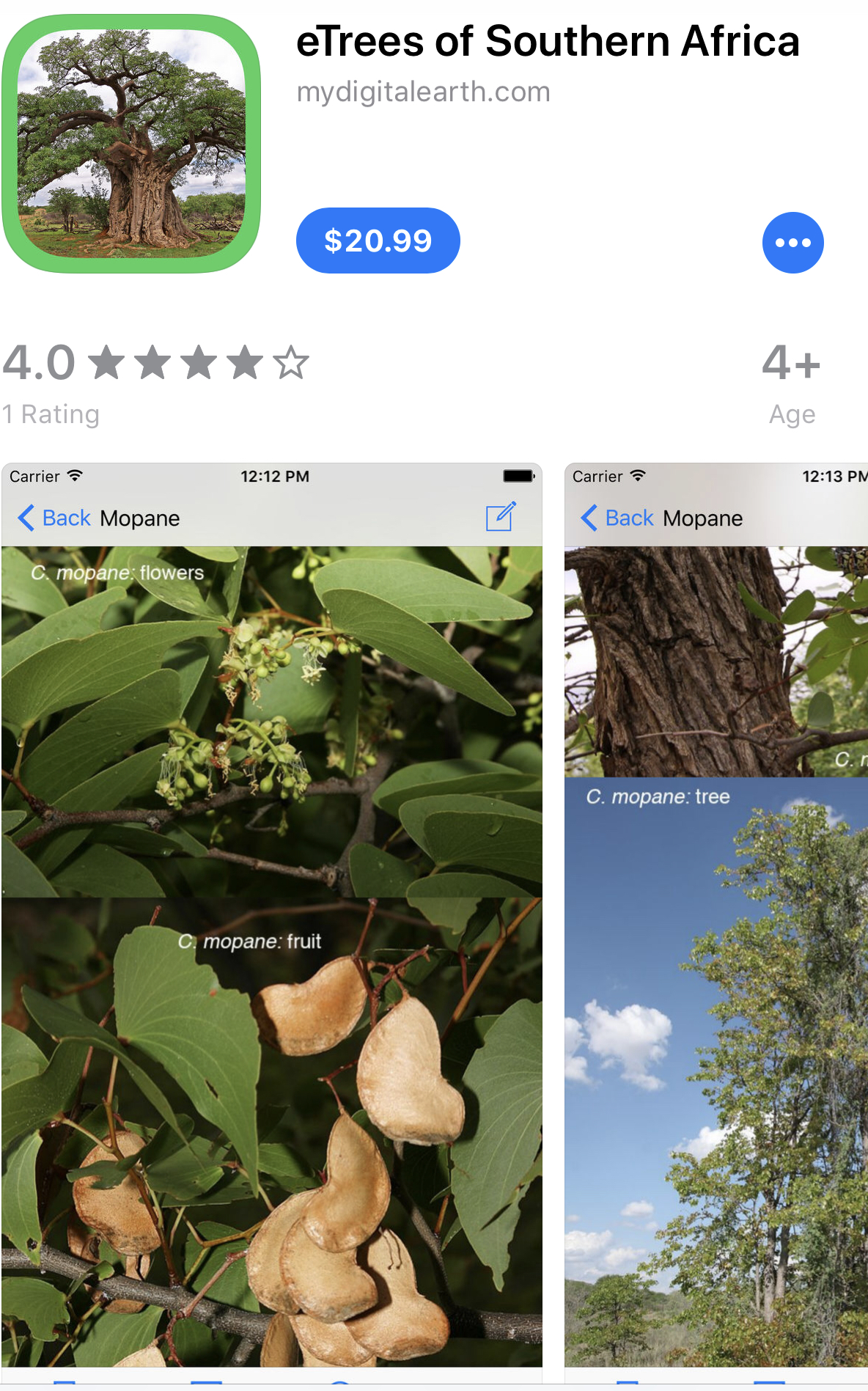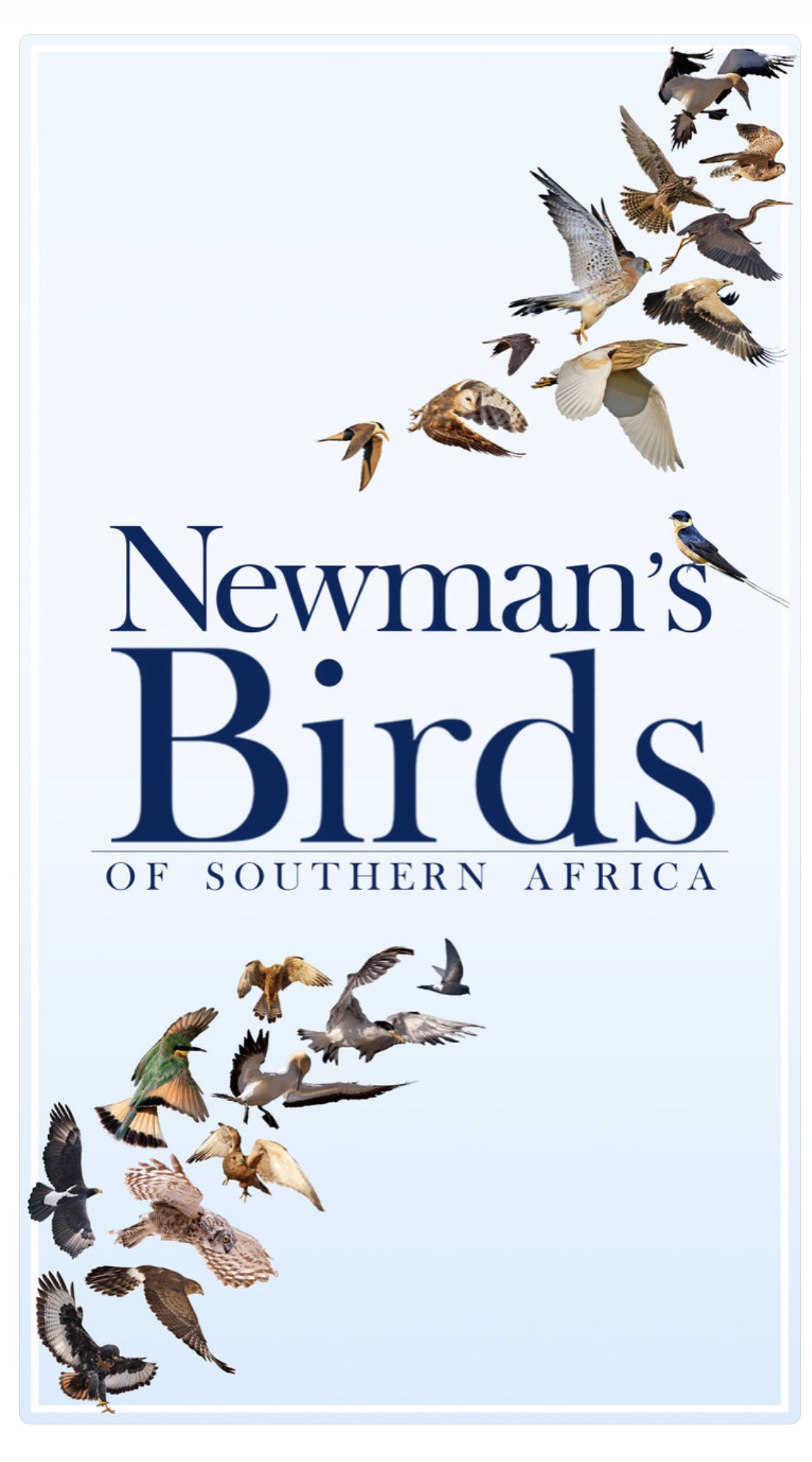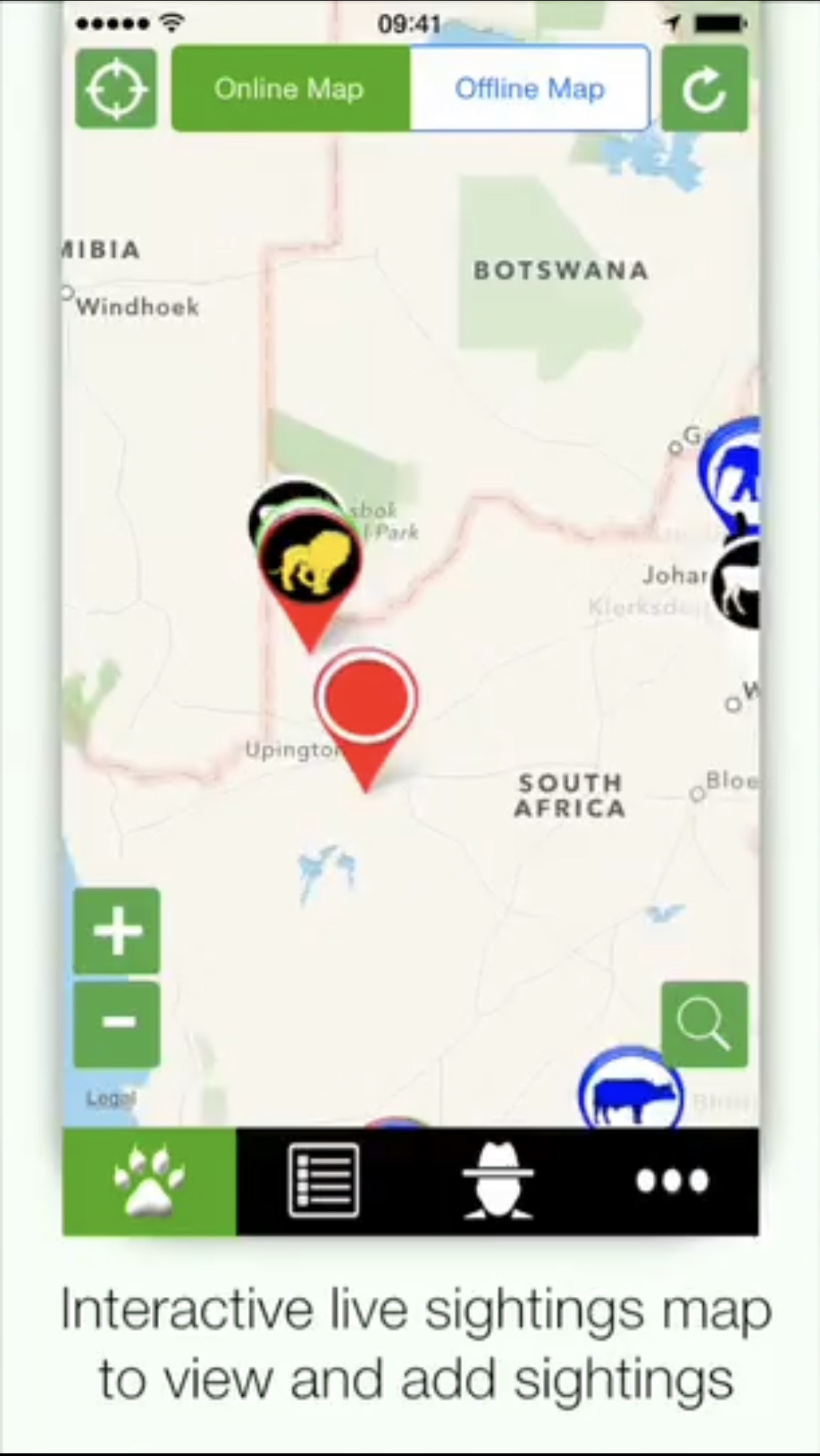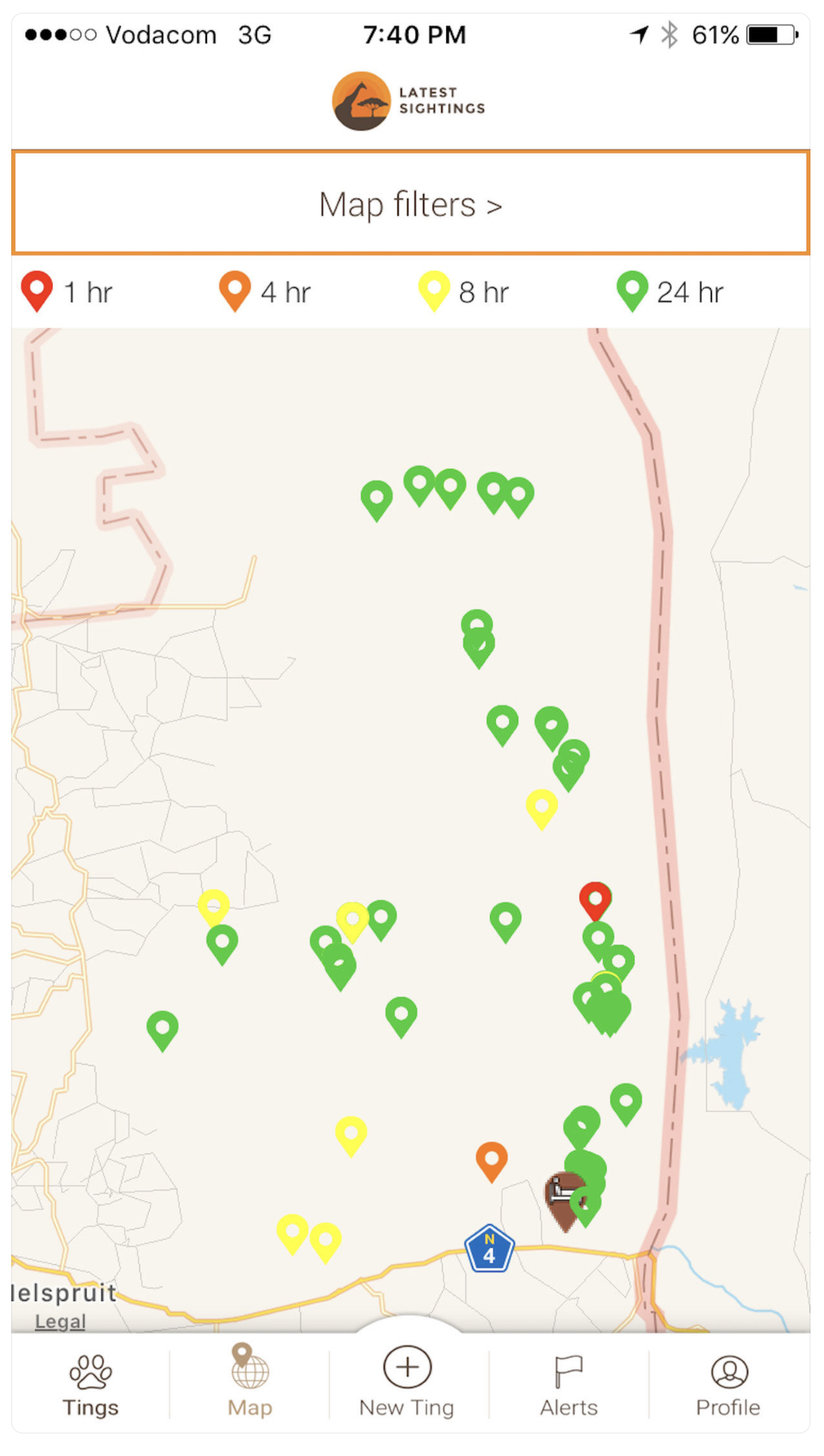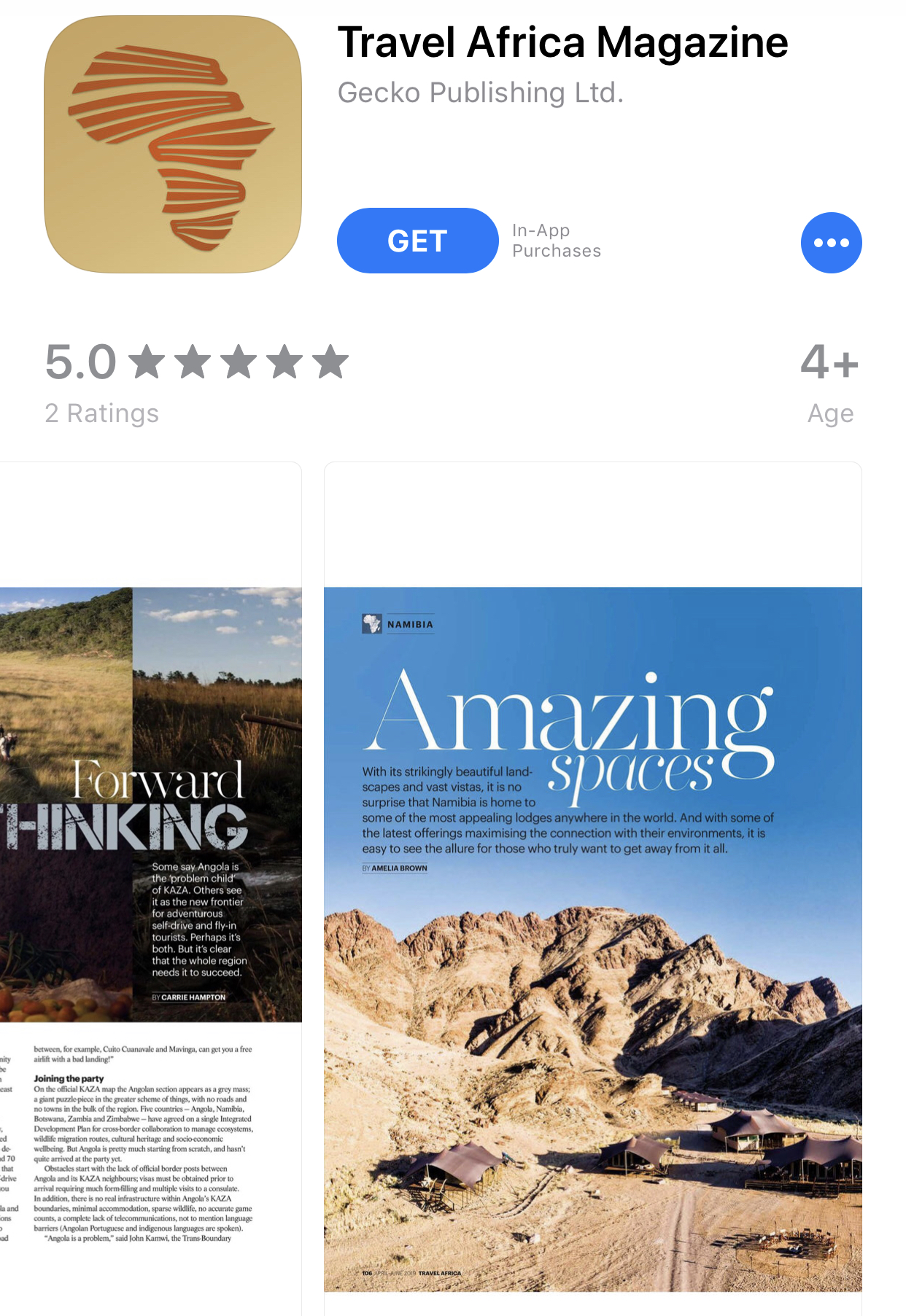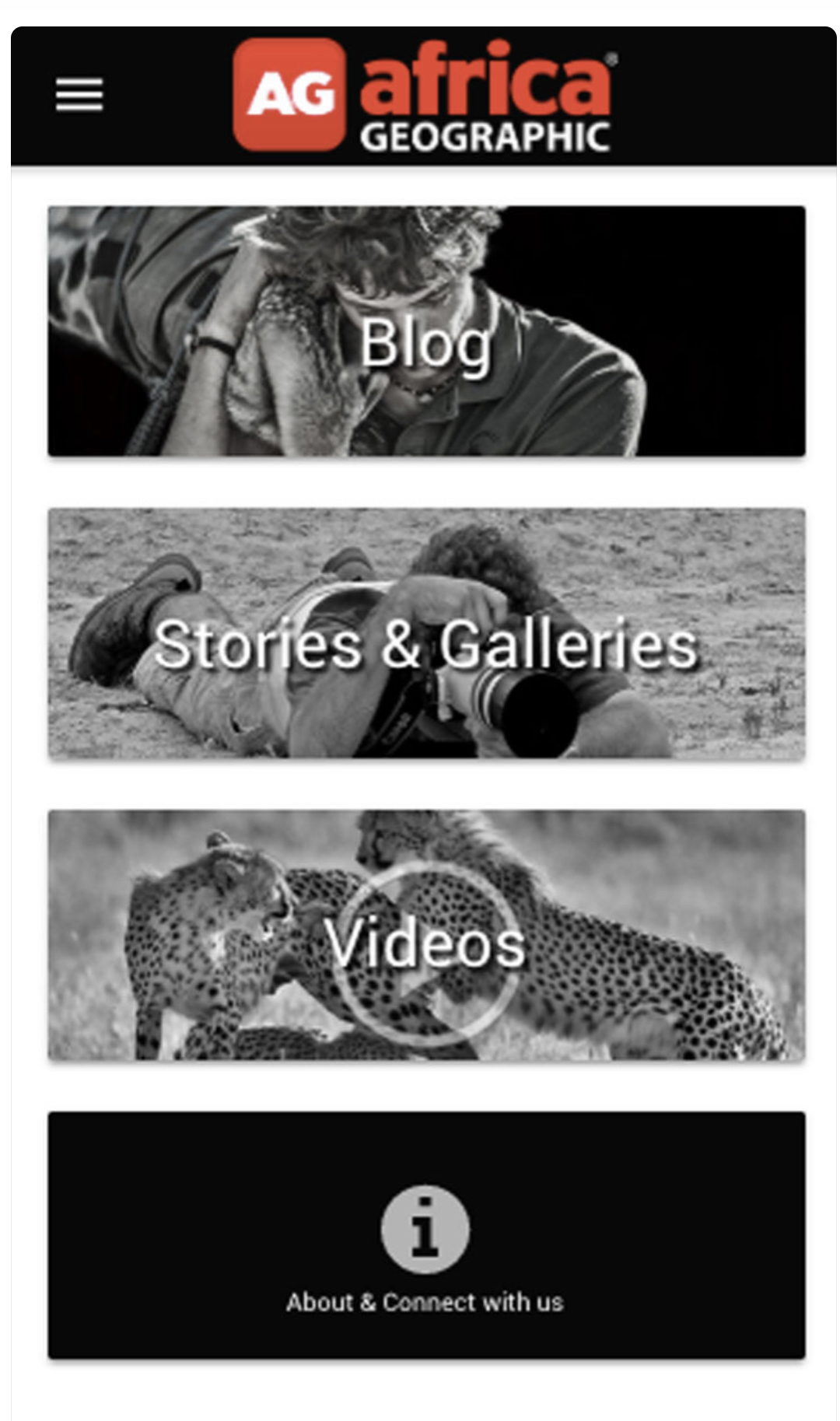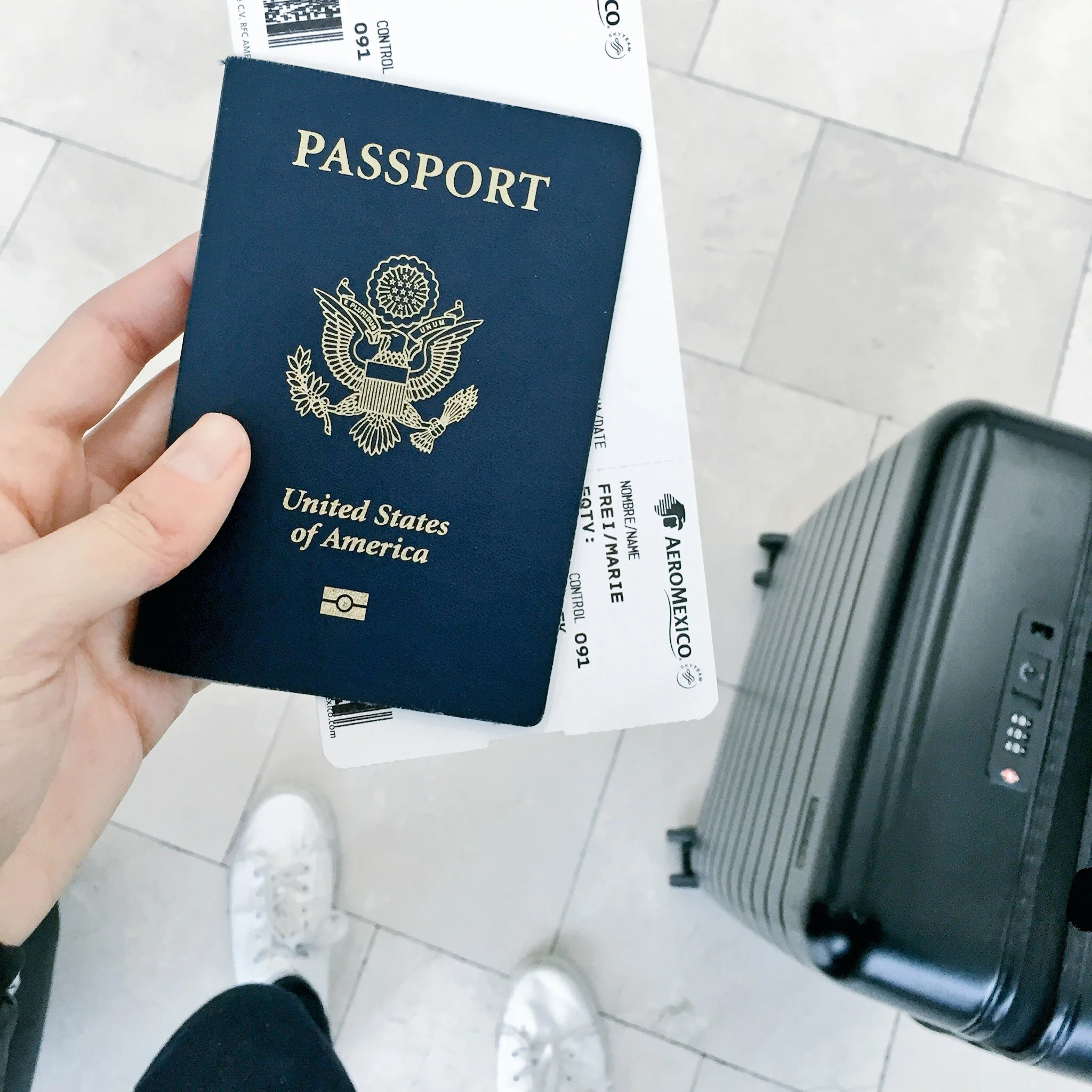Mobile Apps to Download Before Your African Safari
/One of the many pleasures of going on safari is adapting to a daily routine that is more in tune with nature. You awake just before the sun each morning, nap through the midday heat, and rise again in the evening to resume your wildlife tracking activities. For some, the greatest challenge while on safari is not the bathroom break in the bush, but the act of switching-off. With spotty cell phone coverage and WiFi that is often only available within the common areas of your lodge, you’re forced enjoy these moments with wildlife sans social media posting. That’s not to say that mobile devices can’t enhance your next safari, however.
While on safari at Thornybush Nature Reserve in the Greater Kruger National Park area of South Africa, I asked my guide, Wayne, what he thought about the use of mobile phone apps on safari. “Many of the good apps won't come free,” he warned. “On the other hand, they’re increasingly becoming replacements for heavy guidebooks and work much easier,” which is good advice for light packing carry-on travelers like myself.
Below are several mobile apps that will help you gain more out of your next safari trip:
Flora and Fauna
iTrack Southern Africa - $14.99
African Safari Tracker: Animal and Wildlife Guide - $9.99
Newman’s Birds of Southern Africa - Lite (Free) and Full Version ($18.99)
eTrees of Southern Africa - $20.99
One of the many benefits of a tracker-led safaris versus self-drive safari is the ability to tap into your guide’s vast knowledge of the plants and wildlife found in the bush. Stories about survival and adaptation come to life as you bounce around as a captive audience in their vehicle. Some features to look for before purchasing apps relevant to African wildlife, birds, and trees include the number of species included and whether or not they have samples of animal tracks, video & audio clips, checklists to track your sightings, and the ability to use the app while offline. Apps like these are also useful for when you return home and can’t remember the name of "that hairy looking antelope” or “that tree with the big seed pods”.
Animal Sightings
Africa: Live (Free)
For self-drive enthusiasts, Africa: Live is a great tool for guiding your route research based on self-reported wildlife sightings from other app users. The majority of sightings reported are in the Kruger National Park, but I have also seen reporting from Hluhluwe-iMfolozi (South Africa) and various parks in East Africa. Rhino sightings are not not allowed on the app (for obvious reasons) and the app also works as a tool to alert authorities if you see signs of overcrowding, flooding, fire, and other dangers. An in-app purchase allows you to download maps for offline use.
Stargazing
“What’s that bright star right in front of us?” I asked Wayne. “That’s Venus,” he replied. My group had a bit of a chuckle and I couldn’t help but blush at my ignorance. Good thing it was night time and no one could see me. Sitting under a blanket of twinkling stars is certainly a highlight of your first evening safari. Apps that help explain our solar system using augmented reality can help prevent you from making the same mistake I did.
Armchair Travelers
Travel Africa magazine (iPad and iPhone or Zinio)
Reading about African wildlife has certainly inspired many of my recent safaris and helps me narrow down what parks I want to visit. African Wildlife Foundation donors are familiar with the magazine Travel Africa, which covers a variety of attractions around the continent in each issue. In addition to reading, the next best thing besides seeing wildlife in person is watching it live. Africam is a free live streaming video website which features the views from cameras they’ve installed inside a handful of parks in South Africa. While Africam is limited to the web browsers at this time, they will soon launch a mobile app (you can sign up here to be alerted when it’s ready).
What are some of your favorite apps to use on safari? Leave me a comment below.



